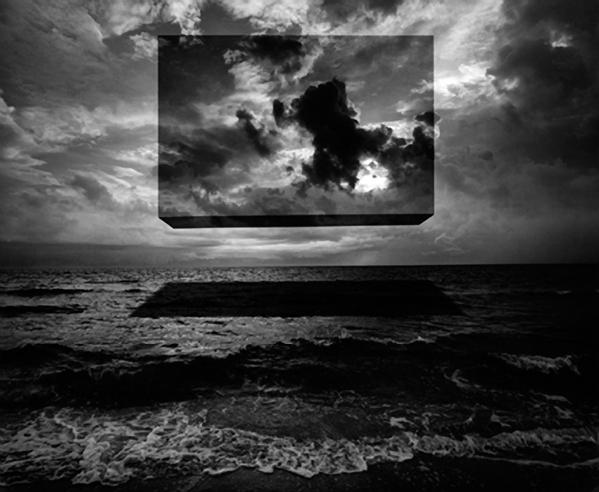|
May 21, 2012 |
|
Jan 24, 2012 |
First Published: Dec 01, 2011 |
|
Nov 01, 2005 |
|
Apr 01, 2005 |
|
Apr 01, 2004 |
|
Mar 01, 2004 |

 After almost 40 years of making platinum prints, chemical fumes had harmed Tom Millea’s lungs to a point where he could no longer go into the darkroom. He says, “Closing my studio was traumatic in the extreme.” He didn’t believe that anyone else was capable of printing his work as he envisioned it. He liked computers but had no desire to try to make digital prints look like his platinum prints. “One technique could not replace the other,” he says. He selected prints from his inventory to sell in gallery shows and considered himself retired.
After almost 40 years of making platinum prints, chemical fumes had harmed Tom Millea’s lungs to a point where he could no longer go into the darkroom. He says, “Closing my studio was traumatic in the extreme.” He didn’t believe that anyone else was capable of printing his work as he envisioned it. He liked computers but had no desire to try to make digital prints look like his platinum prints. “One technique could not replace the other,” he says. He selected prints from his inventory to sell in gallery shows and considered himself retired.






